How to Prevent Pipes from Freezing and What to Do if They Have Already Frozen
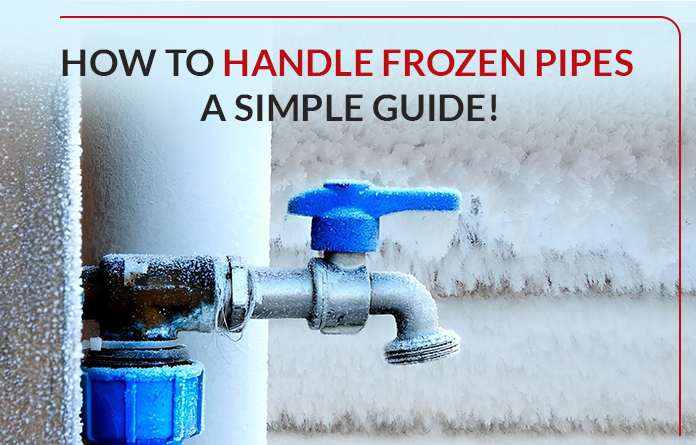
When temperatures drop, frozen pipes become a significant concern for homeowners and contractors alike. Not only can they disrupt daily routines, but they can also lead to extensive water damage and costly repairs. In this guide, we’ll provide actionable steps to prevent pipes from freezing and expert advice on what to do if they’ve already frozen.
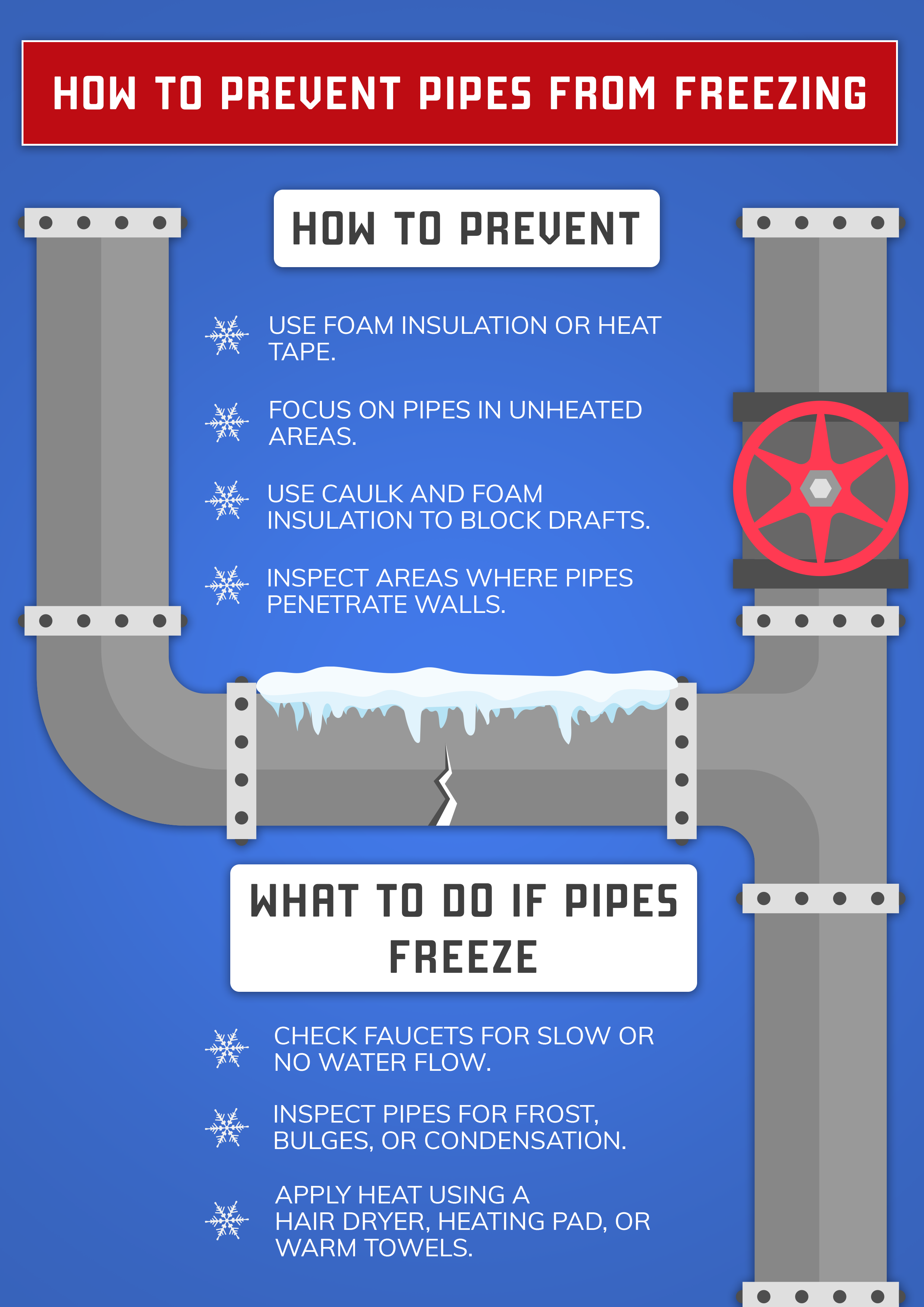
Why Frozen Pipes Are a Problem
Water expands as it freezes. When this happens inside pipes, the pressure can cause cracks, leaks, or even burst pipes. The aftermath often results in flooding, water damage, and expensive emergency plumbing services. Prevention is key, but knowing how to handle frozen pipes can save time, money, and stress.
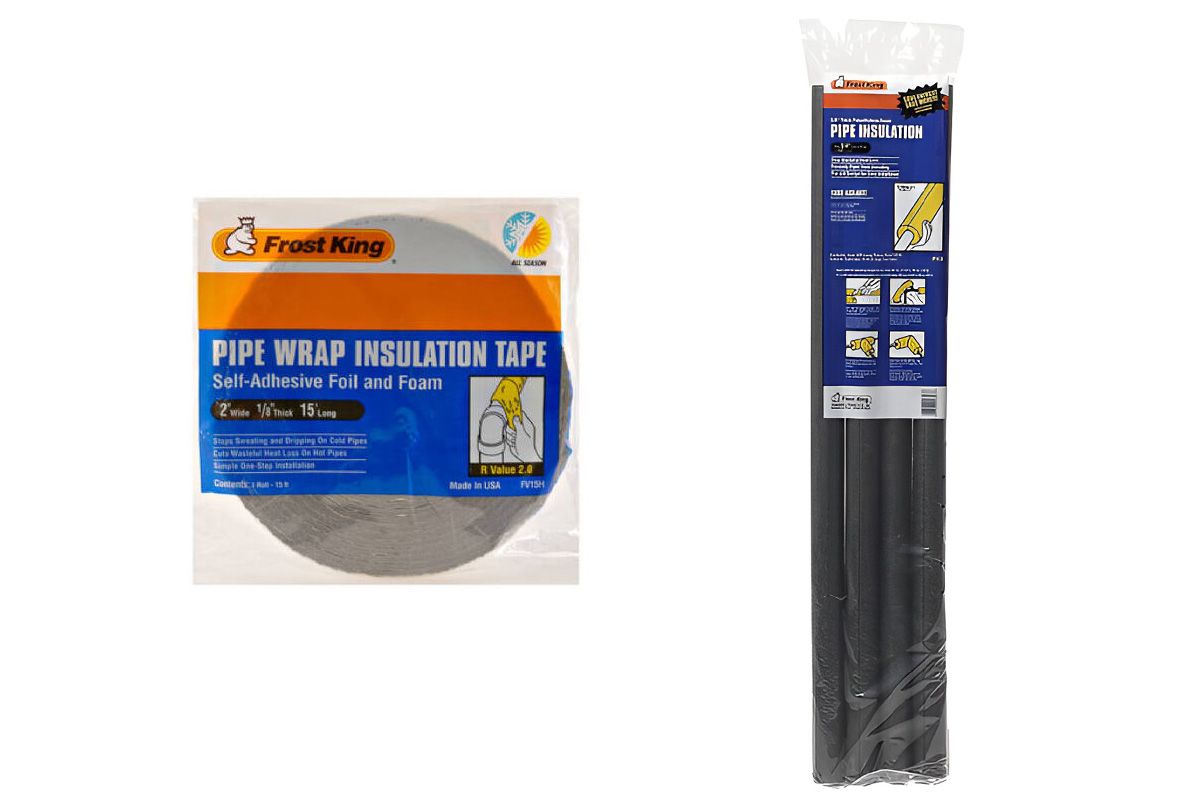
Frost King Pipe Wrap Insulation Tape
Buy Frost King SP41X Pipe Wrap Kit, 25 ft L, 3 in W, 1/2 in Thick, 1.6 R-Value, Fiberglass Yellow online at DKHardware.com.
1. Insulate Pipes
- Why It Works: Insulation maintains warmth around pipes, reducing the risk of freezing.
- How to Do It: Use pipe insulation foam, available at DK Hardware, for exposed pipes in unheated areas like basements, garages, and attics. For pipes at extreme risk, consider heat tape or heat cables for added protection.
2. Maintain Indoor Heating
- Keep It Warm: Set your thermostat to a consistent temperature, even when you're away. A minimum of 55°F (13°C) is recommended.
- Encourage Airflow: Open interior doors and cabinet doors to allow warm air to circulate around pipes, especially under sinks.
3. Seal Gaps and Cracks
- Spot the Problem Areas: Inspect areas where cold air might seep in, such as around pipe penetrations through walls, floors, and ceilings.
- Seal Effectively: Use caulks and foam insulation, readily available on DK Hardware, to block drafts and protect pipes.
4. Allow Faucets to Drip
- Why Dripping Helps: A slow trickle of water keeps pressure from building up inside pipes, reducing the chance of freezing.
- Pro Tip: Focus on faucets connected to exterior walls or unheated spaces.
5. Drain Outdoor Pipes
- Garden Hoses: Disconnect and drain hoses to prevent water from freezing inside.
- Outdoor Faucets: Shut off the water supply and drain exterior faucets. For sprinkler systems, follow manufacturer guidelines to ensure all water is expelled.
6. Leverage Smart Technology
- Smart Thermostats: Install devices like Google Nest or Ecobee to monitor and maintain indoor temperatures efficiently.
- Leak Detectors: Consider water sensors that alert you to freezing conditions or leaks, helping you act quickly.
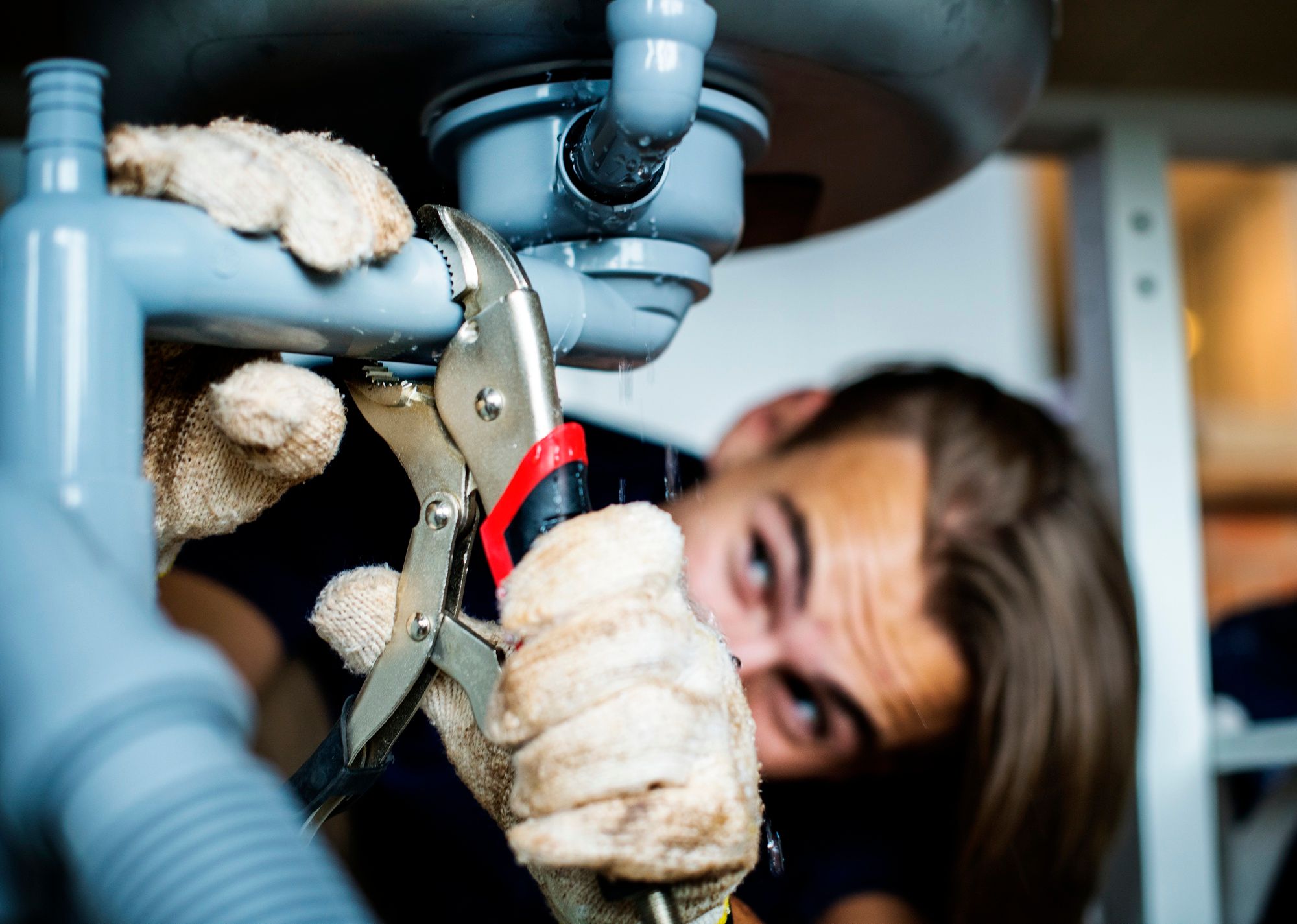
What to Do If Pipes Have Already Frozen
1. Identify the Frozen Pipe
- Check Faucets: If water flow slows or stops, the pipe leading to that faucet is likely frozen.
- Inspect Visible Pipes: Look for frost, condensation, or bulges.
2. Safely Thaw the Pipe
- Start Near the Faucet: Open the faucet and begin thawing at the end closest to it. This prevents pressure buildup.
- Use Safe Heating Methods:
- Apply heat using a hairdryer or heating pad.
- Wrap warm (not hot) towels around the pipe.
- Use a space heater placed at a safe distance.
- Avoid Risks: Never use open flames, which pose serious fire hazards.
3. Check for Damage
- Inspect for Leaks: After thawing, check pipes for cracks or leaks. Look for dripping water or moisture in surrounding areas.
- Turn Off Water if Needed: If a burst pipe is detected, immediately shut off the main water supply and call a plumber.
4. Call a Professional
When to Seek Help: If you can’t locate the frozen section, thawing doesn’t restore water flow, or you find damage, contact a licensed plumber. Acting quickly minimizes further damage.
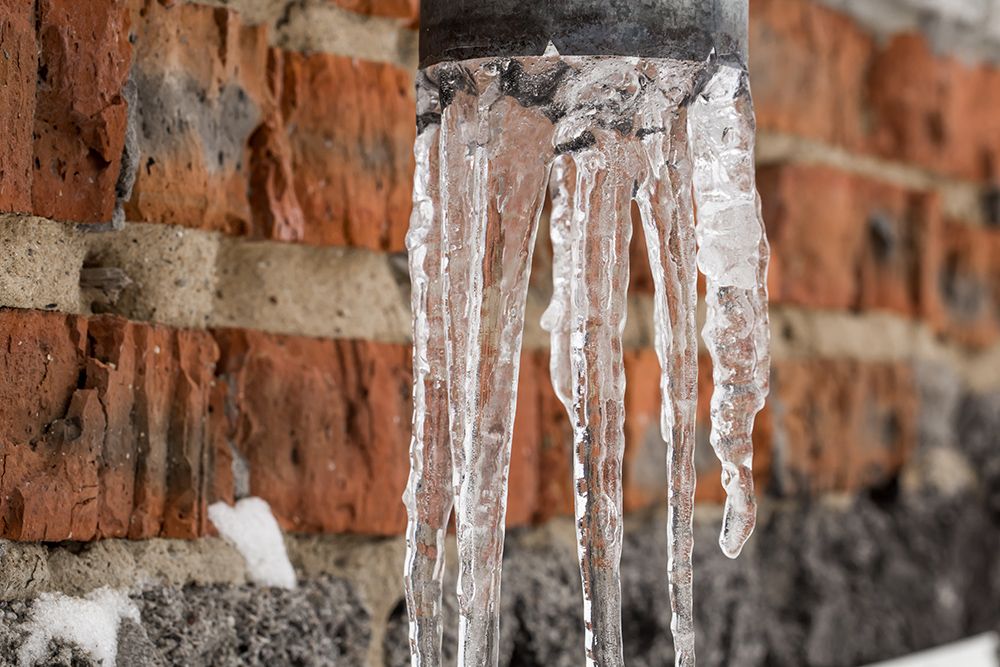
Conclusion
Preventing frozen pipes is far more manageable than dealing with the aftermath. Insulating pipes, maintaining consistent heating, sealing drafts, and using smart devices can safeguard your home during winter. For high-quality tools and materials to winter-proof your plumbing, DK Hardware offers a comprehensive selection of products to help you stay prepared.
If you’re already facing frozen pipes, follow the safe thawing techniques above and remember to act promptly to prevent damage.
